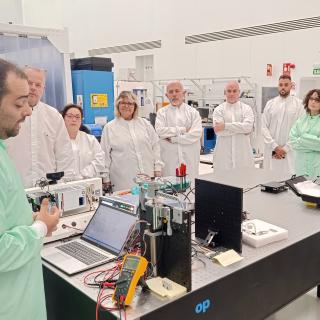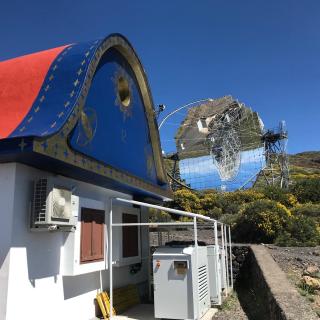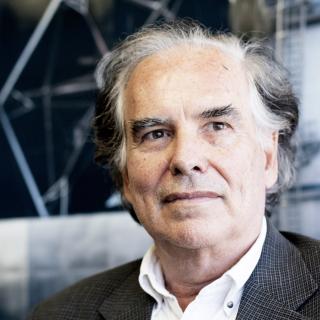Advertised on
ENTREVISTAS
- Entrevistas en vídeo (web Congreso GTC)
- Entrevistas en vídeo (canal Congreso GTC en Youtube)
- Entrevistas en vídeo (canal Congreso GTC en Dailymotion)
IMÁGENES
- Imágenes Astronómicas de GTC (web GTC)
- Imágenes de las instalaciones del GTC (web BIA)
- Imágenes de las instalaciones del GTC (Flickr)


